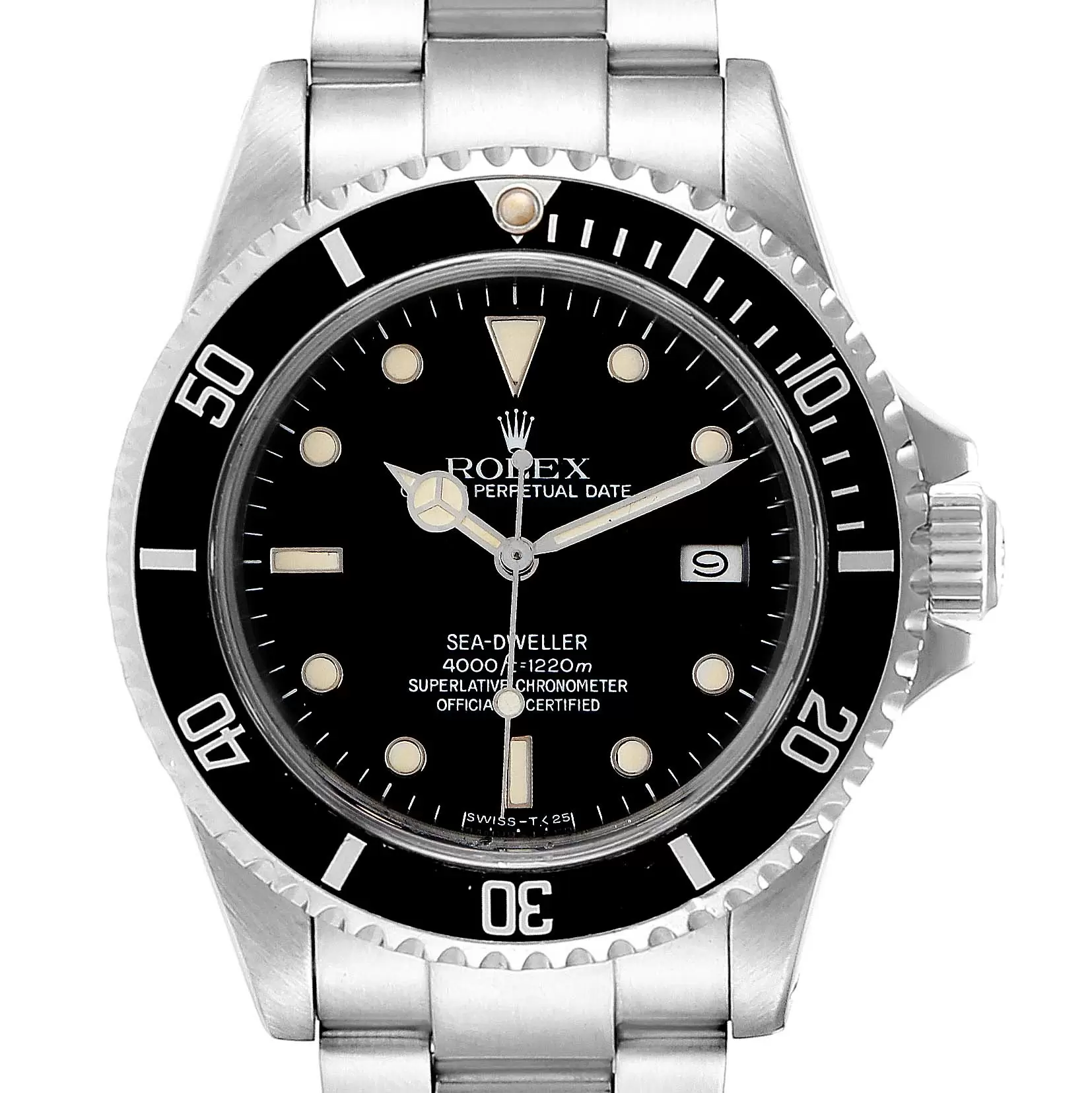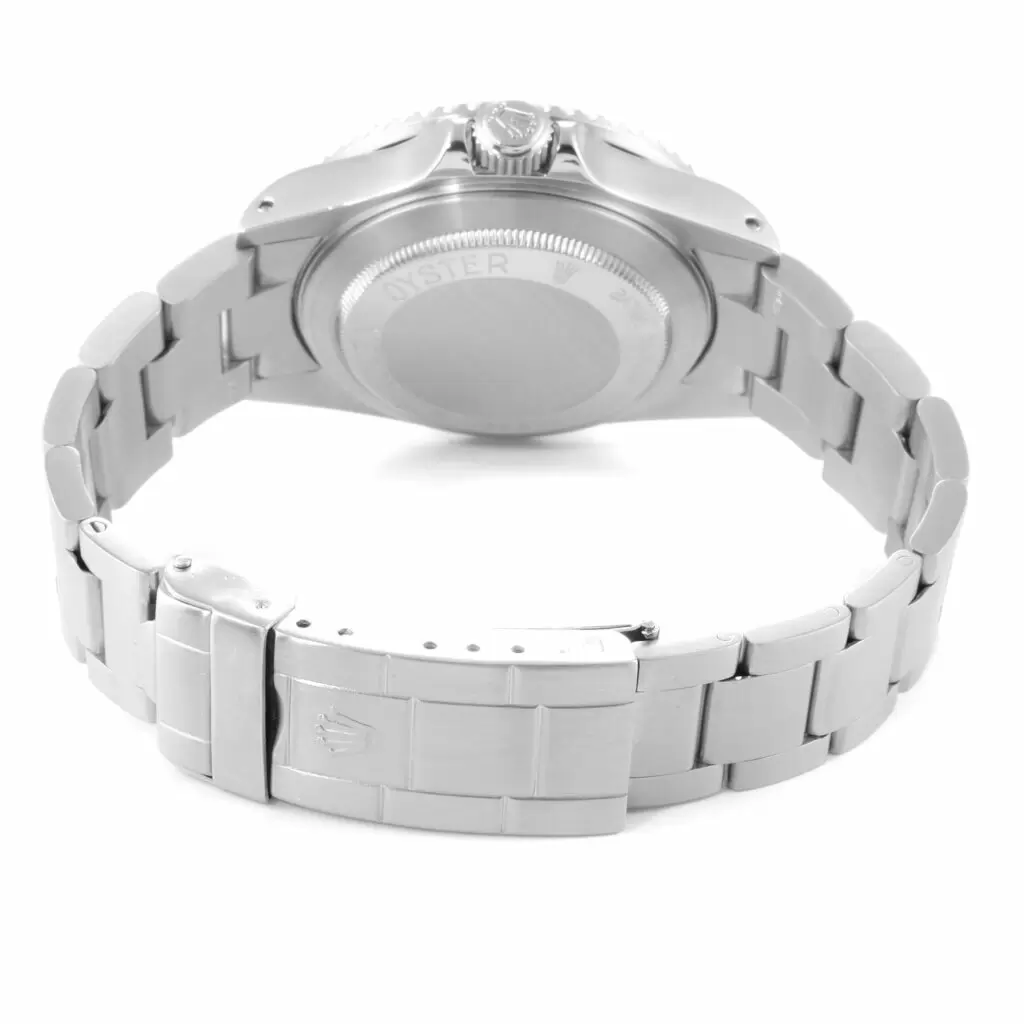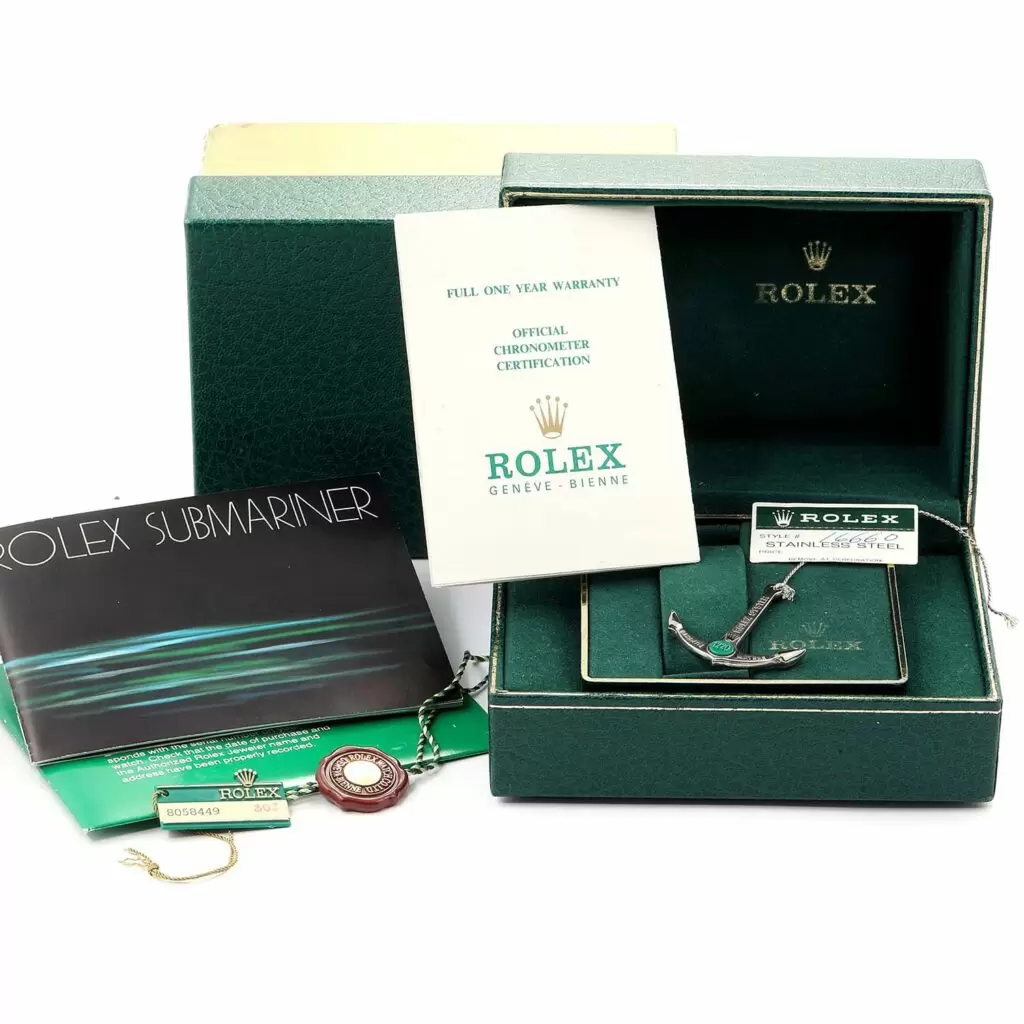Rolex
Rolex Movement Caliber at a Glance
I once asked an old watchmaker why Rolex’s movements look different from those of other watches. You know, those red reversing wheels, vented rotors, multiple plate bridges, and balance bridges – none of these Rolex movement components look like your typical ETA 2824, 2836 or 2892 movements.
Some are design considerations (for example, the rotor and balance bridges and their associated balance guards). Some result from in-production surface treatments (e.g., those red reversing gears coated with Teflon). Others seem to be simply the result of what some call over-engineering, such as multiple bridges that increase the thickness and robustness of the assembly. 
Watchmakers and watch enthusiasts alike will tell you that there are indeed movements that rival Rolex. Many cite the ETA 2892-A2 movement as an example. From an accuracy standpoint, this may be true. Or from a reliability standpoint. Or from a durability/toughness standpoint. But what about all three of those things? Give me a fake Rolex movement every time – that’s why.
Those multiple bridges – the parts that restrain the wheels and provide mounting points for the other parts. Here’s a list of the bridges for the Rolex 3135 movement.
Some would say this is over-engineering, but in reality, Rolex’s design intent is for the movement to be able to handle any problem the wearer might encounter. And, in doing so, to remain as precise as possible.
What is the downside of this powerful engineering? These bridges take up volume. The movement is usually nearly twice as thick as its competitors’ counterparts. The Rolex 3135 movement is about 6 mm thick, while ETA’s 2892-A2 is only 3.6 mm thick.
Another unique feature of modern copy Rolex movements is the Parachrom Bleu or blue Parachrom hairspring. The oscillator of a watch movement consists of a hairspring (an incredibly thin coil) mounted in the centre of the balance wheel. Like the pendulum on a clock, the oscillator in a mechanical movement controls the watch’s precision through the regularity of its oscillations.
It is worth noting that many, but not all, Rolex watches currently in production are equipped with a blue Paracrom balance spring. For example, modern Rolex replica watches 34mm and smaller feature the Syloxi hairspring, made of silicon and silicon oxide and was first released in 2014.

The new generation of movements boasts 14 patents for precision, reliability, durability and energy consumption. However, the most obvious improvement for the wearer is the addition of a 70-hour power reserve, which is significantly longer than the 48 hours of the previous movement. Not only did Rolex extend its in-house calibres 3235 and 3255 to other models, but the pair paved the way for a new generation of Rolex movements in the years that followed.
Instead, I think those corporate adventurers were traversing a slope as dangerous as the cavers and climbers they admired. Why wouldn’t they wear a Rolex watch that could withstand both environments?

